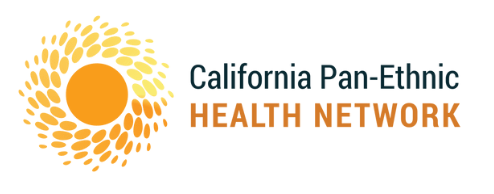On December 11, 2020, the federal Food and Drug Administration (FDA) issued the first emergency use authorization (EUA) for a COVID-19 vaccine. That and subsequent vaccines have been proven highly effective for preventing severe illness and death caused by the virus. The first vaccines were limited in availability, and California embarked on a rich stakeholder process to determine priority eligibility. As more vaccine supply became available, California shifted to a broad public education and vaccination campaign with the goal of ensuring that those most at risk were quickly vaccinated.
Two years later, the California Pan-Ethnic Health Network (CPEHN) analyzed publicly available data on vaccination rates, which is summarized in this brief. The data continues to show racial disparities among those who have received a primary vaccine series and those who have received the more recent bivalent booster. In addition, Californians enrolled in the Medi-Cal program have alarmingly low vaccination rates. While state and federal public health emergency declarations may be ending, the pandemic is not over and California has work to do to advance health equity.
